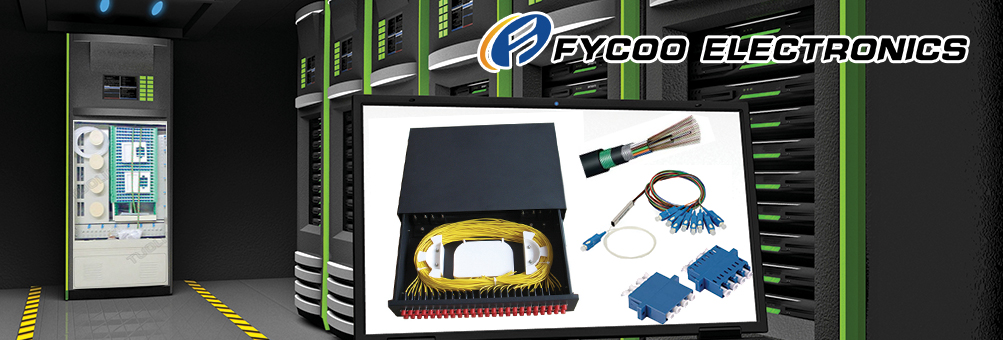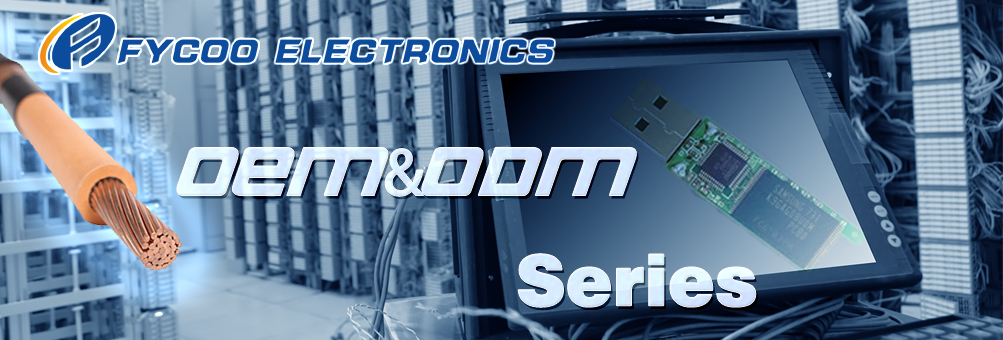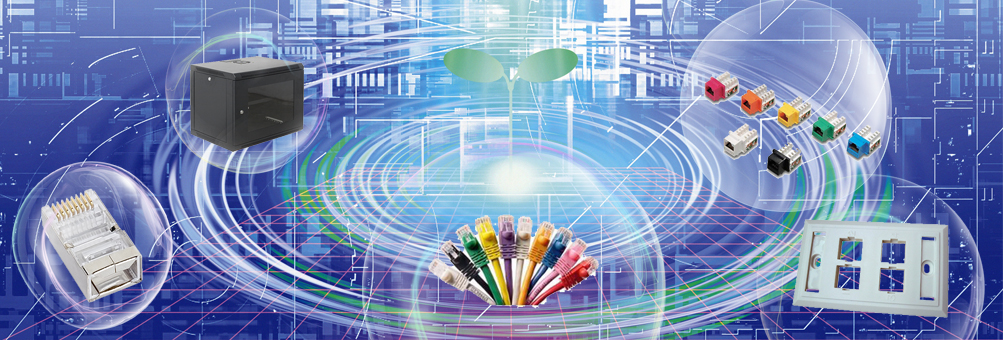CNET editor Dong Ngo explains the difference between Wi-Fi and (wireless) Internet and answers frequently asked questions on connectivity matters
This is the Internet as it should be known. In a typical home network, Wi-Fi bridges Internet to wireless devices. (Click to enlarge.)
(Credit: Dong Ngo/CNET)Editors' note: This post is part of an ongoing series. For the other parts, check out the related stories.
Wi-Fi and Internet are two very different things.
With the popularity of wireless networking, the term Wi-Fi is often synonymous with access to the Internet. In fact, our seasoned editor Scott Stein compared how fast the new iPhone 5's 4G LTE Internet speed was with his "home Wi-Fi," which is a skewed comparison at best. To be fair, most of us use "Wi-Fi" as a shortcut to mean our home broadband Internet connection, and Scott just wanted to say that his was really lame (no offense, Scott) when compared with the iPhone 5's 4G LTE speed.
In this post, based on many questions from readers, I'll clarify the two and provide answers to other connection-related questions. Among other things, knowing the difference between Wi-Fi and Internet connections can help you troubleshoot problems at home and purchase the right equipment for your home network.
Wi-Fi vs. Internet
Wi-Fi: As mentioned in Part 1 of this series, Wi-Fi is just an alternative to network cables as the way to connect devices of a local area network (LAN). (By the way, most networking terms used in this post have been explained in Part 1; others will be explained here.) Prior to Wi-Fi the only way to connect devices together was to run the physical network cables between them, which is very inconvenient. Wi-Fi allows devices to connect to one another the same way as when network cables are used, just without the actual cables. A Wi-Fi network is basically a wireless local network.
The owner is in total control of the Wi-Fi network. He or she can change the name of the network, the password, the number of connected clients, allowing them to exchange data with one another or not, and so on. Even the Wi-Fi router or access point itself can be changed or turned on or off any time.
A home Wi-Fi network, which is almost always hosted by a router, is independent from the Internet. This means involved devices can always work with one another to provide data sharing, printing, local media streaming, local network backups, and so on. A connection to the Internet, however, enables them to also access Internet-based services, such as Skype, Netflix streaming, browsing for news, Facebook, etc.
To connect a home Wi-Fi network to the Internet, the router needs to be connected to an Internet source, such as a broadband modem, via its WAN port. When this happens, the Wi-Fi signal of the local network will also provide the connection to the Internet for its connected clients. So Wi-Fi is just one way to bring the Internet to a device.
Internet: Generally known as the wide area network (WAN), the Internet connects computers from around the world together. In reality, as far as the current state of how the World Wide Web is run, the Internet actually connects many local networks together, via many routers. With the Internet, your home local network is no longer secluded but becomes part of one giant worldwide network.
The Internet is generally beyond the control of the users. The most they can do is pay for the desired connection speed and hope that they get what they pay for. The Internet's speed has progressively increased in the last decade. Ten years ago, a fast residential broadband connection generally capped somewhere between 1.5Mbps to 3Mbps; now it's about between 20Mbps to 50Mbps and even faster.
That said, most of the time, the speed of the Internet is still slower than that of a wired local network, which is either 100Mbps or 1,000Mbps. For a Wi-Fi network, the speed of the local network depends on the standards used by the Wi-Fi router (access point) and the connected clients, and can sometimes be slower than a fast broadband Internet connection.
Types of broadband Internet connections
Wired Internet (aka residential broadband): This is when you connect to the Internet using a physical cable, be it a telephone line (DSL) or a cable line (cable), or a fiber optic line (FIOS). This type of Internet connection is fast (especially cable and FIOS), affordable, and is the most popular. A wired Internet connection generally comes with no data caps or at least very high caps, so users don't need to worry about how much they download or upload.
Satellite Internet (aka satellite broadband): This is similar to the wired Internet but instead of connecting to the service provide via a cable, the home network connects to a satellite disk on the roof. The disk then communicates with satellites to provide the Internet access. Satellite Internet tends to be slightly more expensive and slightly slower than wired Internet but is still an affordable option for remote areas with no cable, DSL, or FIOS services.
Cellular Internet (aka wireless broadband): Cellular Internet uses the cell phone signal to carry data and connect the supported device directly to the Internet. There are several cellular data standards and starting with 3G, it's fast enough to be called "broadband." The latest standard, called 4G LTE, offers the speed equivalent to that of a midrange residential broadband connection (somewhere between 5Mbps and 20Mbps download speed).
Cellular Internet is generally expensive because it tends to come with very low monthly data caps (about 5GB or less) and customers have to pay more than the fixed monthly cost when they go over the allowance. This type of Internet access is very popular with mobile devices, including smartphones and tablets. There's also another popular type of this connection, called mobile hot spots, which combines Wi-Fi and cellular Internet into one solution and is one of the main reasons Wi-Fi and Internet are confused with each other.
The Verizon version of the new iPad offers the Personal Hotspot feature, which enables users to share the tablet's 4G connection with other Wi-Fi devices.
(Credit: Dong Ngo/CNET)The combination of Wi-Fi and Internet
If you have a laptop, such as the MacBook Air, the best way to connect it to the Internet is via Wi-Fi since the machine doesn't come with a built-in network port, nor does it support a cellular connection. At home or at the office, this can be done via a Wi-Fi-enabled router that connects to a residential broadband Internet connection. When you're on the go, however, you can't bring the router or especially the residential broadband Internet connection with you. This is where a mobile hot spot comes into play.
As mentioned above, the prime example of the combination of Internet and Wi-Fi is a mobile hot spot, such as those on this list. This is a little device that connects to the Internet using a cellular connection and then shares that connection via its own built-in Wi-Fi network. Other Wi-Fi-enabled devices, such as the MacBook Air, can connect to the mobile hot spot's Wi-Fi network to gain access to the Internet. In this case the sole purpose of Wi-Fi is to connect to the Internet, and the speed at which the MacBook Air connects to the Internet depends on both the cellular connection of the hot spot and the Wi-Fi connection between the Air and the hot spot, and is whichever speed is slower.
A mobile hot spot lets more than one Wi-Fi-enabled device to share a single cellular connection. Many smartphones can also work as mobile hot spots; on the iPhone this is called Personal Hotspot and can be turned on in the phone's settings.
FAQs
Q. My Wi-Fi connection is very strong (full bars) but I still can't stream YouTube video without long delays. I often even have to wait for a long time for a Web site to load. Why?
A. This is because the Wi-Fi speed has nothing to do with the Internet speed, which is what decides the quality of your Internet experience. For example, if you have a slow Internet connection that caps at, say, 1Mbps for download, and you share that connection using a high-end Wi-Fi router that offers a Wi-Fi speed of 100Mbps, a computer connected to this network will still access the Internet at 1Mbps at most. You should check your Internet connection.

As far as Internet speed is concerned, not many places can beat CBS Interactive's HQ.
(Credit: Dong Ngo/CNET)Q. My broadband Internet connection is at least 50Mbps when I connect via a network cable, but via Wi-Fi it's only about 20Mbps at most. Why?
A. This is normal since the real-world sustained speed of all Wi-Fi standards are much slower than the ceiling speeds. For example, the current most popular standard 802.11n (Wireless-N) generally offers a speed of just around 20Mbps on the 2.4Ghz frequency band; things get worse if you use older Wi-Fi standards, such as 802.11g. To improve this, use a dual-band router and connect via the 5Ghz frequency band, but this only works if the clients also support this band. The iPhone 4 or the iPad 2 for example, only support the 2.4Ghz band. Note that the speed of a Wi-Fi connection also degrades as the client moves farther from the router/access point.
Q. If I plug my PC directly in to my cable modem, I get the full 60Mbps download speed, which I pay for, but when I connect via my Linksys WRT54GS router, still via a network cable, I now get only 40Mbps. What's wrong?
A. The WRT54GS (as well as most 802.11g wireless routers) is a very old router and was made when the available Internet connection capped at just around 3Mbps. For this reason, its WAN port might have not been designed to handle speeds much faster than 10Mbps. If you have a broadband connection faster than 30Mbps, it's best to get a Gigabit router with a Gigabit WAN port to make sure your router is not the bottleneck.
Q. I use Speedtest.net to test my Internet connection and the results change dramatically between different test servers; how do I know what the speed of my Internet connection really is?
A. Take the best result as your official Internet speed. This happens because the connection speed depends on how far the test server is, how busy the server is at the time of testing, and how many bridges the test data has to cross to get to your computer. Generally, the test result changes based on the ping time (how long it takes for information to do a round trip between the server and your computer), with the shorter ping yielding faster connection. Your connection, however, should be measured by the speed at which it connects to the server that yields the highest result.
Q. My Internet speed is very fast, both via wired and Wi-Fi connections, but sometimes it still takes a long time for me to download a relatively small file; what's the problem?
A. Having a fast Internet connection doesn't guarantee an all-around good Internet experience. This is because the Internet is a community, and the interaction between any two parties depends on both. If you download a file from a party with a slow connection to the Internet, the downloading process still takes a long time and unfortunately, there's nothing you can do about it.
Q. I have cable Internet with 30Mbps download and 6Mbps upload. Things are going well generally but sometimes when I upload a large file, my download speed also becomes very slow; is this normal?
A. Yes, downloading and uploading work together. Information is transferred via the Internet in packets. Each time a packet is received, the receiving end needs to send back a confirmation before it can receive the next packet. When you upload a large amount of data, there's not much bandwidth left for the computer to send the confirmation back to the server and hence slows down the download speed.
- Home |
- About Us |
- Products |
- New products |
- Service and support |
- News |
- Jobs |
- Contact Us |
- Download |
- Sitemap







